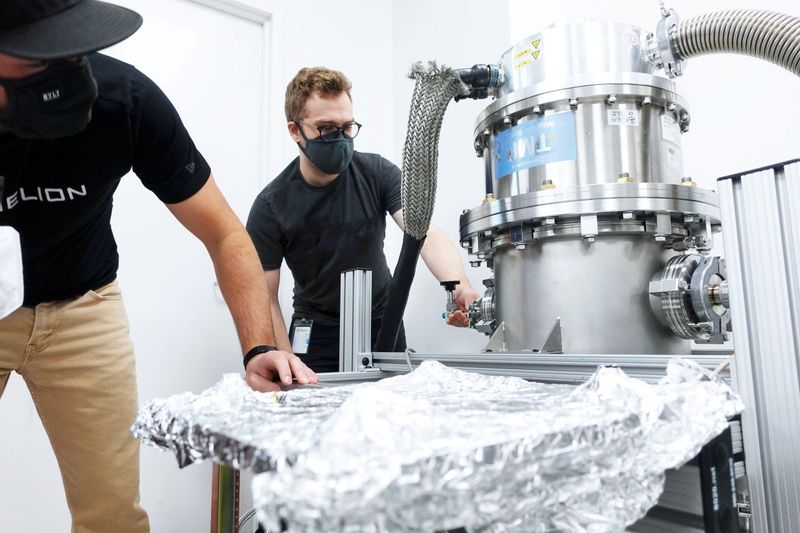By Stephen Nellis
SAN FRANCISCO (Reuters) -Helion Energy, a startup backed by OpenAI’s Sam Altman and SoftBank’s venture capital arm, has started construction on a site for a planned nuclear fusion power plant that will supply power to Microsoft data centers by 2028, the company said on Wednesday.
The site in Malaga, Washington, is in the center of the state along the Columbia River, where Helion hopes to take advantage of grid infrastructure in place for the nearby Rock Island Dam hydroelectric plant.
The startup still has to secure final permits from Washington’s government but said the work puts it on track to sell power to Microsoft under a deal it struck in 2023.
Fusion generates electricity by ramming atoms into each other, releasing energy without emitting significant greenhouse gases or creating large amounts of long-lasting radioactive waste. But despite billions of dollars of investment, scientists and engineers still have not figured out a way to reliably generate more energy with fusion than it takes to create and sustain the reaction.
Helion is still working on how to do that with its current prototype, called Polaris, which is housed in Everett, Washington, where it plans to build components for the machine to be built at Malaga, called Orion.
Orion will connect to Washington’s primary power delivery networks, David Kirtley, Helion’s co-founder and CEO, told Reuters.
“We’ll actually be able to connect to the exact same grid just upstream of the Microsoft data centers,” Kirtley said.
Microsoft has for years said that nuclear energy should be part of a mix of carbon-free energy sources and has also signed power purchase agreements for conventional fission-based nuclear power. Fusion is a longer-term bet, said Melanie Nakagawa, Microsoft’s chief sustainability officer.
“Over the last three, four years, you’ve been seeing from across the fusion space different types of milestones being met by other companies and peers, Helion included,” Nakagawa told Reuters. “There’s a lot of optimism that this could be the moment that fusion actually comes forward within this decade, or near in this decade.”
(Reporting by Stephen Nellis in San Francisco; Editing by Christian Schmollinger)


